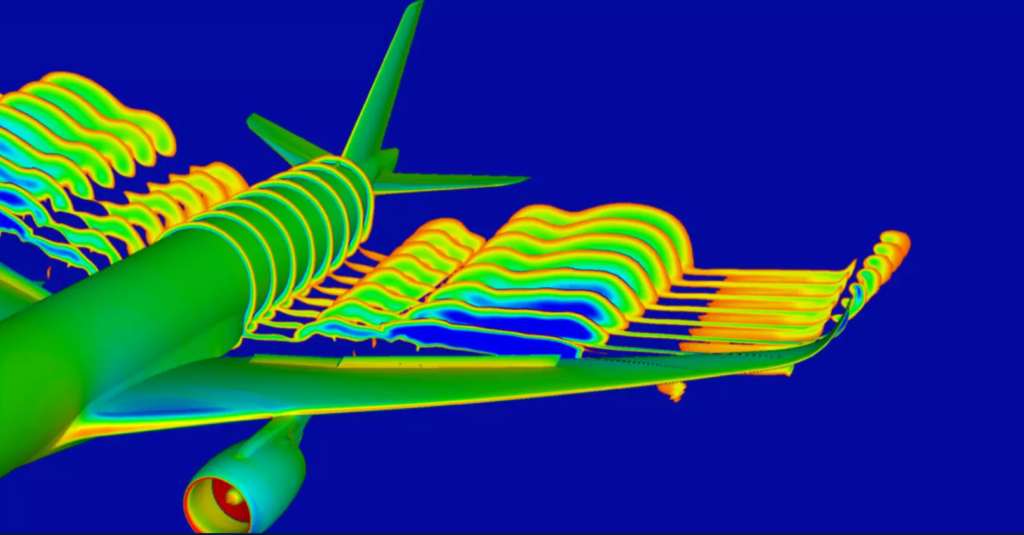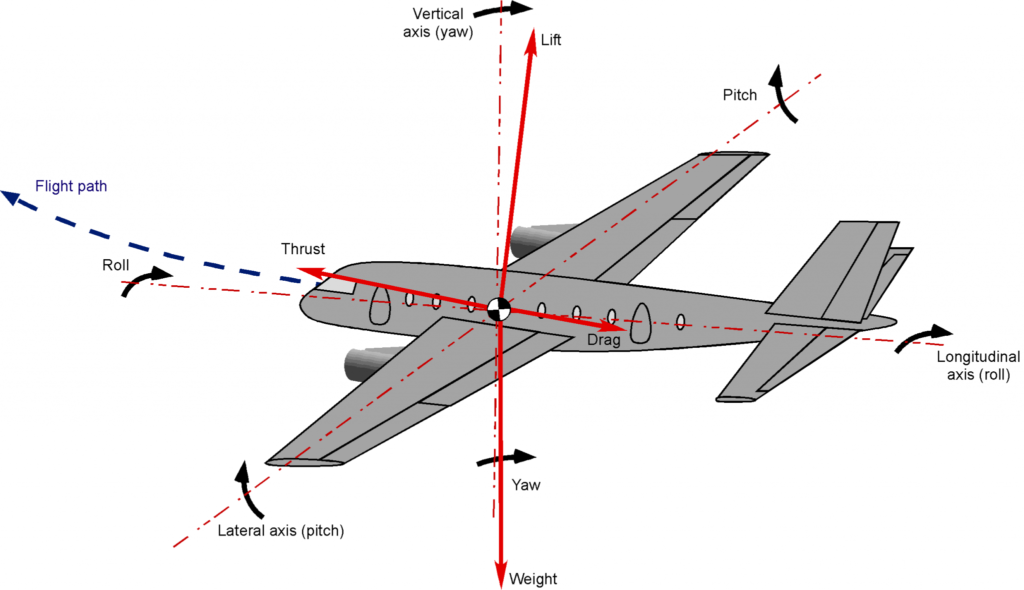Introduction

The world of aviation is a marvel of engineering, where every component plays a crucial role in ensuring safe and efficient flight. Among these, the wings are the unsung heroes, bearing the weight of the aircraft and dictating its aerodynamic performance. In this article, we delve deep into the realm of aerodynamics, focusing on the intricacies of cargo aircraft wings and their pivotal role in safe and efficient flight operations.
Understanding Aerodynamic Principles

Before we embark on our journey into cargo aircraft wings, it’s imperative to grasp the fundamental principles of aerodynamics. Lift, the force that counters gravity, is the backbone of flight. It is generated by the shape and contour of the wing, a concept immortalized in Bernoulli’s principle and Newton’s third law of motion. These principles form the bedrock of wing design, influencing parameters such as airfoil shape, wing loading, and aspect ratio.
Airfoil Design: The Heart of the Matter

The airfoil is the defining feature of any wing, determining its lift and drag characteristics. In cargo aircraft design, the choice of airfoil is a delicate balance between maximizing lift and minimizing drag, while also accounting for structural considerations. This section delves into the nuances of airfoil selection and its impact on overall aircraft performance.
● Fundamentals of Airfoil Design: Lift, Drag, and Efficiency Explained
● Shape Optimization Techniques for Enhancing Airfoil Performance
● Key Parameters in Airfoil Selection for Various Applications
● Computational Tools and Software for Airfoil Analysis and Design
● The Role of Wind Tunnel Testing in Validating Airfoil Performance
● Innovations in High-lift Devices for Improved Airfoil Efficiency
● Materials and Manufacturing Methods Impacting Airfoil Design
● Case Studies: Successful Applications of Tailored Airfoil Designs
● Aerodynamic Considerations: Balancing Lift, Drag, and Stability in Airfoil Profiles
● Future Trends in Airfoil Design: From Biomimicry to Advanced Materials Integration.
Structural Considerations: Balancing Act
Cargo aircraft wings face unique challenges due to the heavy loads they carry. Reinforced structural elements and specialized materials are employed to withstand the stresses of lifting vast amounts of cargo. We explore the engineering feats that enable cargo aircraft wings to bear such colossal loads, ensuring safety and reliability in each flight.
Winglets: The Silent Efficiency Boosters
Winglets are small, upturned extensions at the tips of an aircraft’s wings. They play a crucial role in reducing induced drag, which is a byproduct of lift production. This section unravels the science behind winglets and their contribution to the overall efficiency of cargo aircraft operations.
● Understanding Winglets: Purpose and Function in Aerodynamics
● Aerodynamic Benefits: How Winglets Improve Aircraft Performance
● Types of Winglets: Blended, Raked, and Split Scimitar Designs
● The Science Behind Winglet Design and Configuration
● Case Studies: Real-world Examples of Winglet Implementation
● Environmental Impact: How Winglets Contribute to Fuel Efficiency
● Regulatory Considerations and Certification of Winglet Designs
● Retrofitting vs. Incorporating Winglets in New Aircraft Design
● Future Trends: Advanced Materials and Technologies in Winglet Development
● Expert Insights: Engineering Perspectives on Maximizing Winglet Effectiveness.
High-Lift Devices: Optimizing Takeoff and Landing
Takeoff and landing are critical phases of flight, demanding specialized wing configurations to generate the necessary lift at lower speeds. Flaps, slats, and other high-lift devices are integrated into cargo aircraft wings to enhance their performance during these crucial phases. We dissect the functionality and design considerations of these essential components.
Future Trends: Innovations in Cargo Aircraft Wing Design
As technology advances, so too does the field of aviation. Emerging technologies, such as morphing wings and advanced materials, promise to revolutionize cargo aircraft design. This section provides a glimpse into the exciting future of cargo aircraft wings, offering a preview of what lies ahead.
Conclusion
The wings of a cargo aircraft are more than just metal and composites; they are a testament to human ingenuity, engineering prowess, and a deep understanding of aerodynamics. Through meticulous design, careful material selection, and innovative technologies, these wings bear the weight of global commerce, ensuring goods reach their destinations safely and efficiently. By unraveling the complexities of cargo aircraft wing aerodynamics, we gain a newfound appreciation for the marvel that is modern aviation.
